How to care for a disabled dog
Due to the great veterinary advances, today we can find various solutions for the mobility problems of animals. Whether our friend has suffered from an illness or if we consider adopting, it is possible to take care of a disabled dog so that he enjoys a happy life.
What are the causes of loss of mobility
Although until not too long ago the option of caring for a disabled dog was not valued, today they are given a chance. Thanks to the work of those who fight for their lives, in the market we can find different options to help them improve their quality of life.
But before we move on to the solutions available to care for a disabled dog, let’s look at the causes. In some cases, mobility can recover progressively, but in others, paralysis will be definitive.
-
Diseases or degenerative processes: some pathologies such as canine osteoarthritis of severe type, dysplasia, hernias or degenerative myelopathy, among others, affect the physical abilities of dogs.
-
Interventions: a surgical intervention, a fracture or some accidents temporarily reduce the mobility of the animal. It will be temporary or permanent depending on the severity and damage.
-
Paralysis: being born with a defect or suffering an amputation causes permanent paralysis in the animal.
-
Neurological problems: these types of problems, as well as those of the spine and traumas, usually appear with age or overweight. The solution varies depending on the cause.
Thus, we can distinguish between permanent and temporary paralysis. Depending on the causes, treatment and options for caring for a disabled dog will change. There are different chairs and harnesses on the market to help them. And it is also convenient to use physiotherapy to speed up rehabilitation when possible.
Elements to care for a disabled dog
Caring for a disabled dog is now quite simple given the options we have at our fingertips. Although there are different models of wheelchairs and harnesses on the market, there are those who prefer to build them themselves.
Wheelchairs
Wheelchairs for caring for a disabled dog are usually made in industrial processes. However, there are also handmade models. At present, we find models made in 3D, which are adapted to the measurements of our friend.
Likewise, the chairs are also adapted for the lack of mobility in the front legs (uncommon) and the posterior legs. And there are wheels for rehabilitation and integral, if mobility is reduced.
Harness
Harnesses are also used to care for a disabled dog. They are indicated for the loss of mobility, for the paralyzed or when there is a disability. Thanks to their design they allow us to support the weight of the hind legs, front legs or both.
For greater comfort when caring for a disabled dog, there are also variants with restraint on the vine. The range of types of harnesses is very wide and we will have to look for the one that best suits.

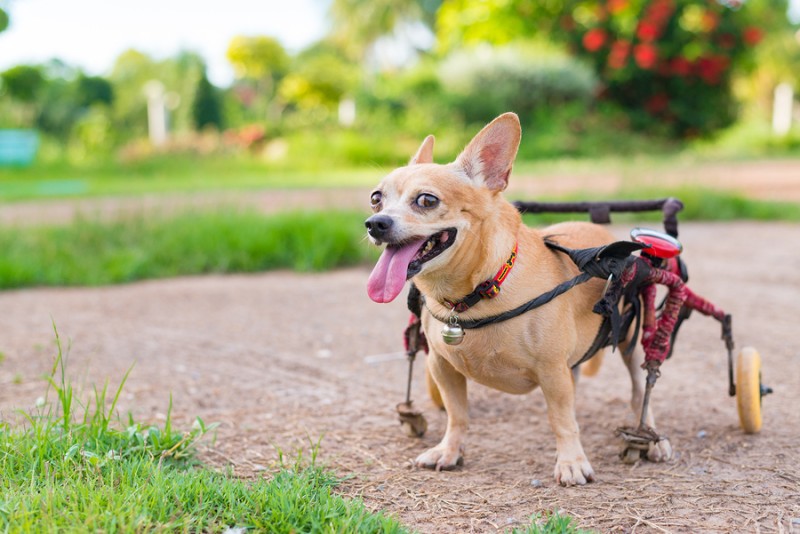
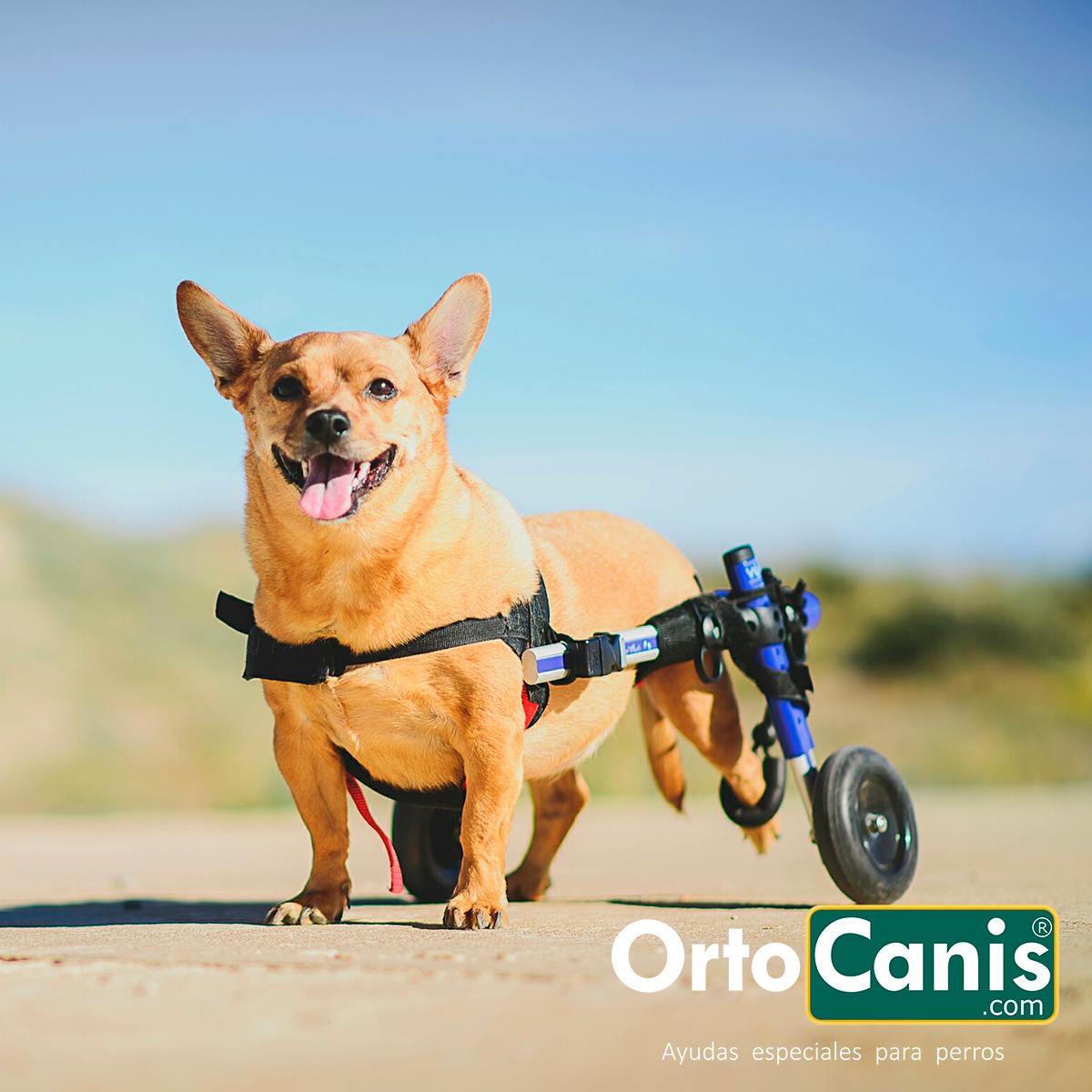
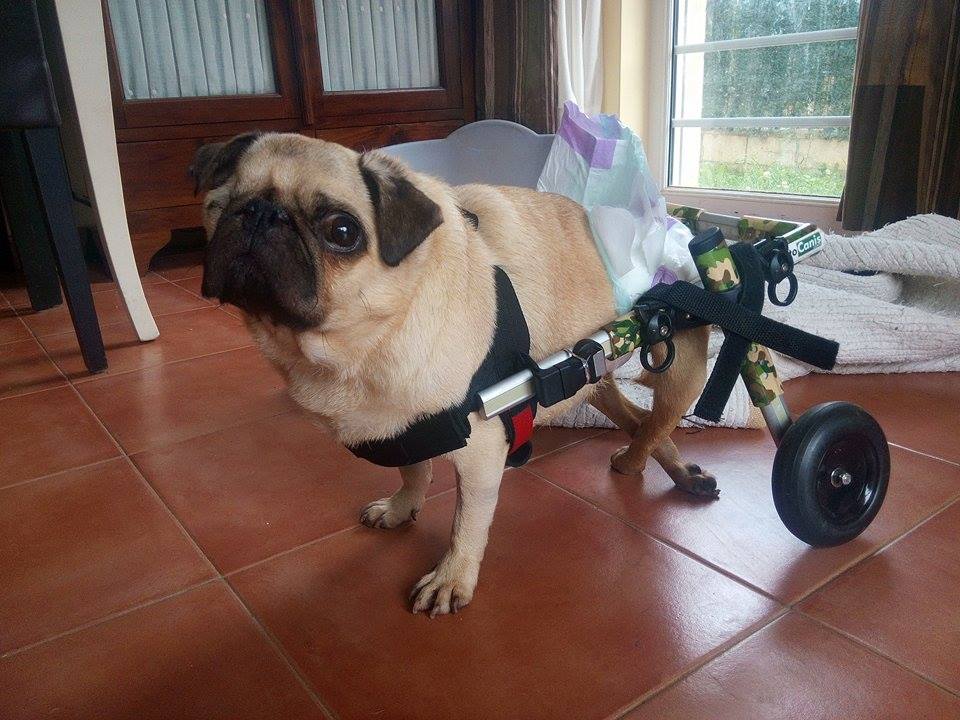
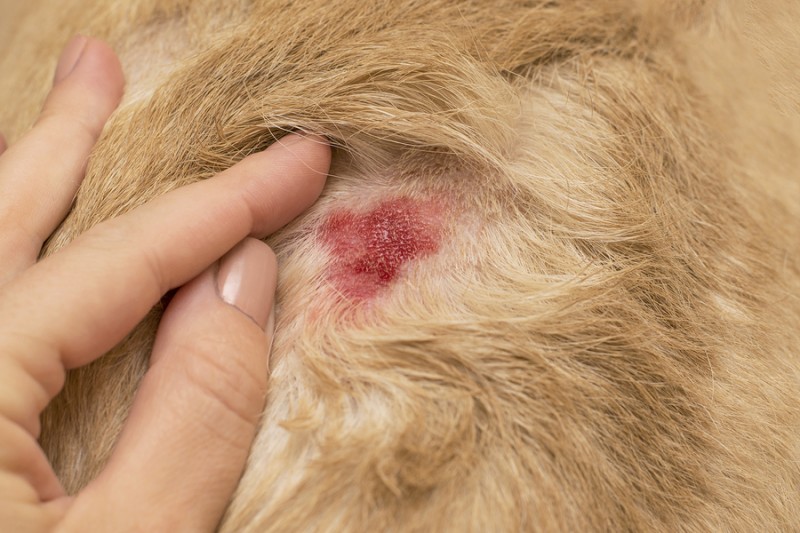
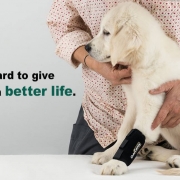
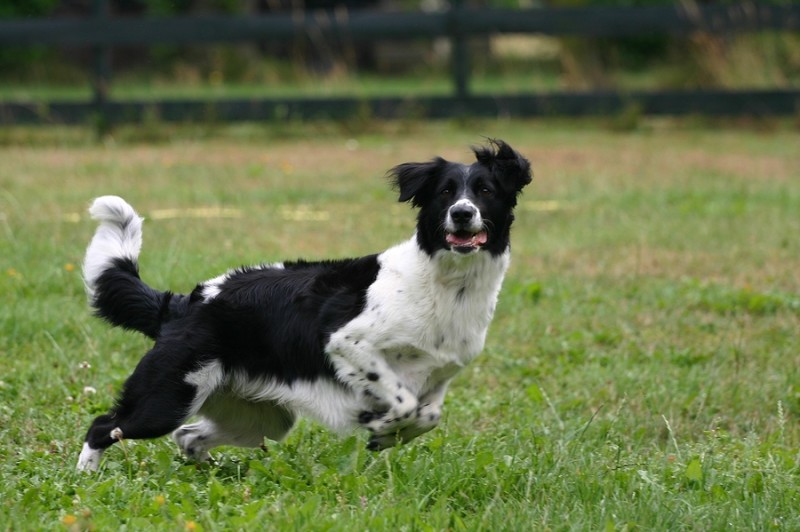
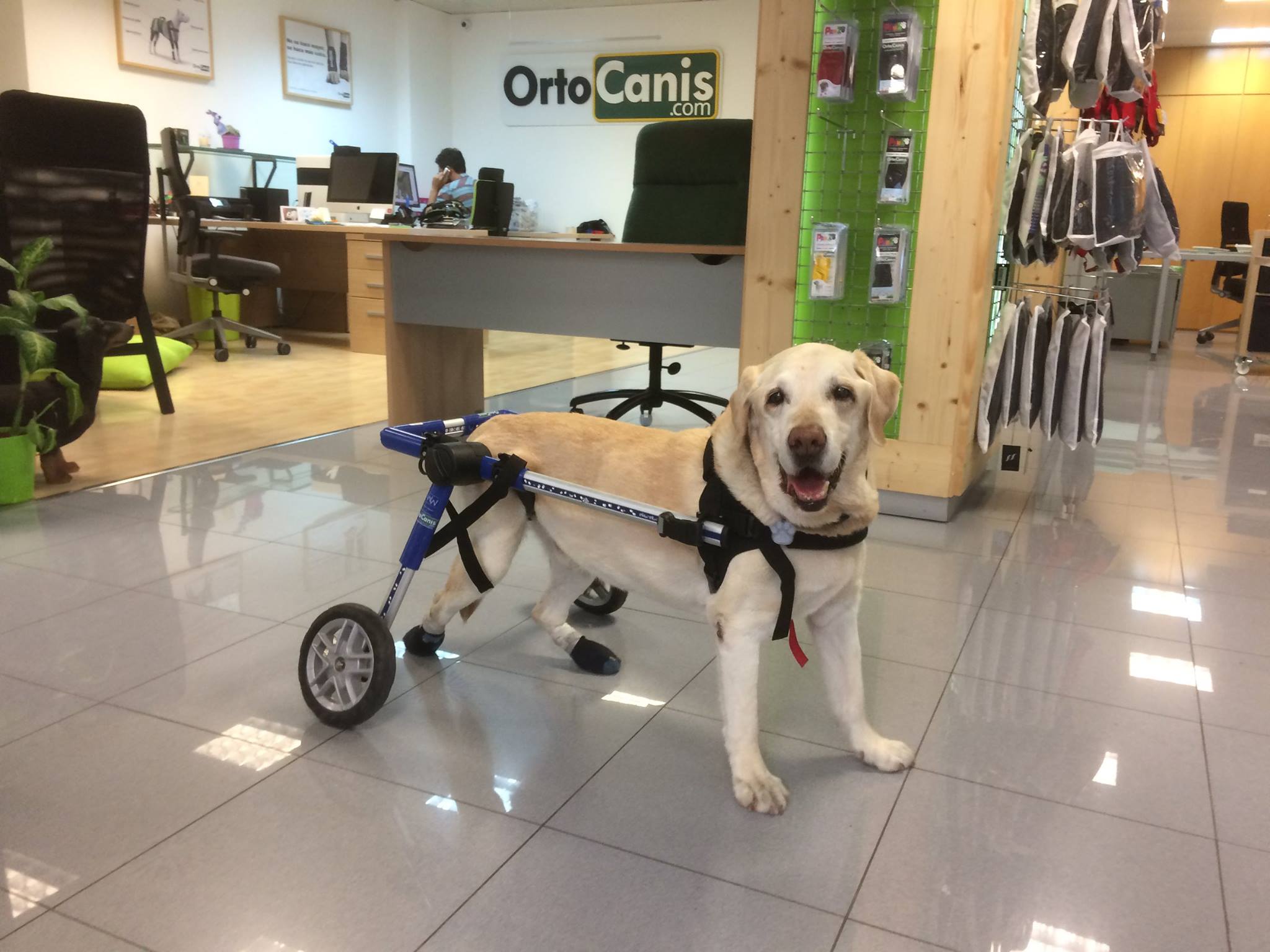
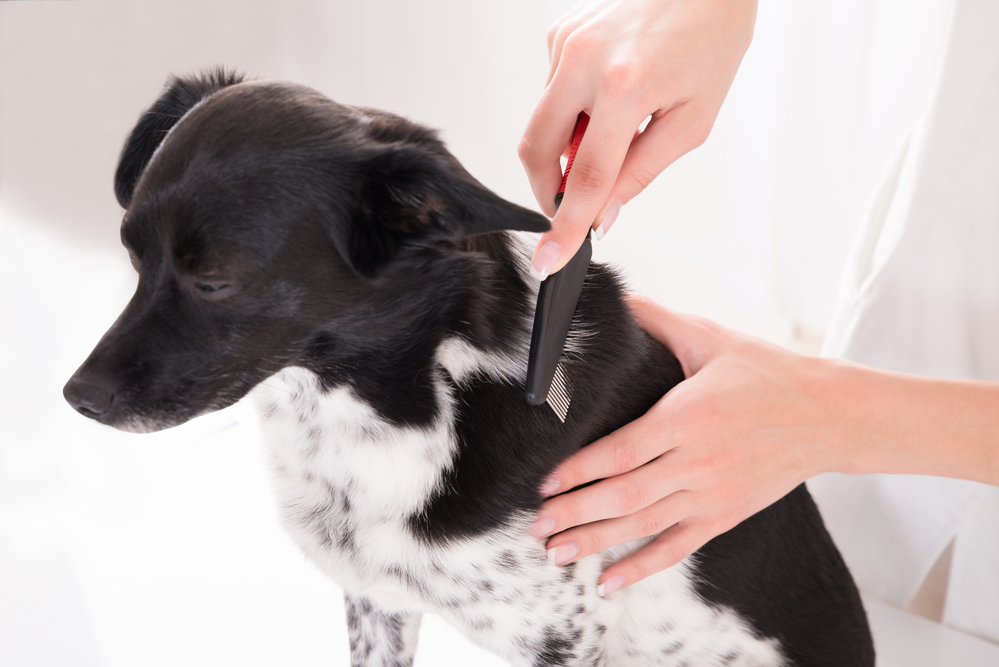
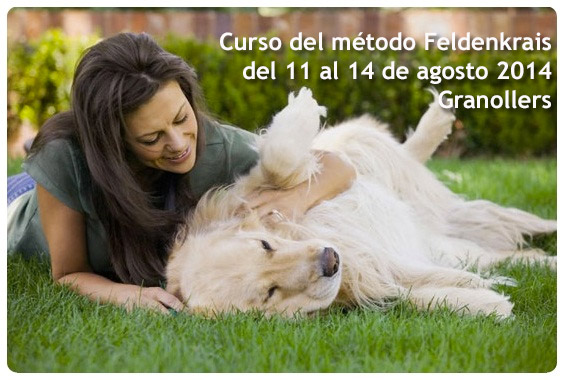



Leave a Reply
Want to join the discussion?Feel free to contribute!